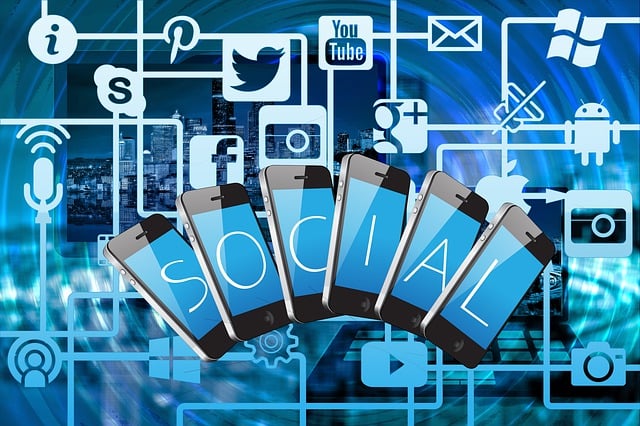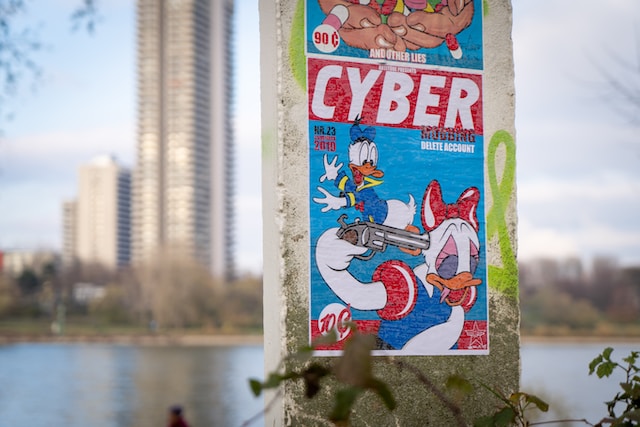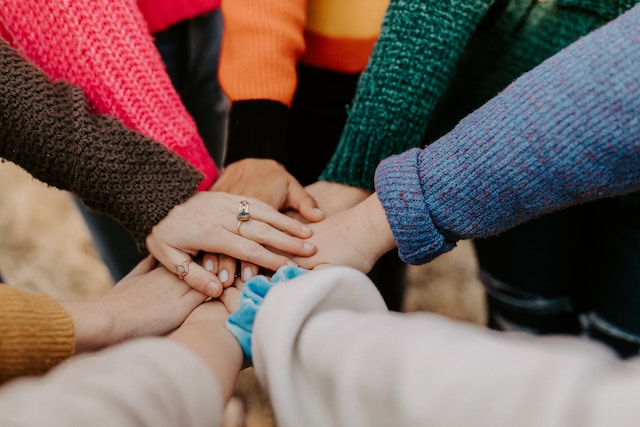Last December Andrew Tate was arrested in Romania. He became famous because of a video in which he beat a woman with a belt. Despite or perhaps because of his misogynistic statements, he is a controversial but successful influencer, since misogyny is part of the day-to-day reality on the Internet.
ANDREW TATE AND TOXIC MASCULINITY
Andrew Tate claims that he has nothing against women and his mother is his hero. However, he became famous when he was kicked off the show Big Brother for being violent towards a woman. He then went on to become a social media star, which begs the question as to why so many young people find his ideas so interesting.

In fact, there are unfortunately many influencers or groups that are enthusiastic about ideas of toxic masculinity. According to experts, (young) men who are dissatisfied with their lives are particularly susceptible to such ideas.
Susanne Kaiser, who has written a book on violence against women, thinks that toxic masculinity goes down so well with many young men because it clearly dictates how to achieve success. She also thinks that the algorithms running in the background of social media contribute to radicalization because they favor increasingly drastic content.
In general, the content in social media seems to convey outdated role models. Such tendencies harm equality and are regrettable because social networks can strongly influence young people. Half of the respondents in a 2021 study said that the people they follow online serve as role models. One result of this, for example, is that more than half of the boys and men who use Instagram, Facebook and YouTube on a daily basis think it’s okay if women earn less than men.
WHAT MISOGYNY LOOKS LIKE ON SOCIAL MEDIA
A study from 2020 shows that 70% of girls and women in Germany have experienced threats, insults and discrimination on social media. As a consequence, many victims suffer from anxiety, lowered self-esteem or use social media less.
Specifically, harassment involved name-calling and insults, sexual harassment, personal humiliation, body-shaming, racist comments, stalking, comments against sexual orientation, anti-LGBTIQ+, and threats of physical violence.

Because the perpetrators are often not prosecuted, violence against women online is becoming more normal. The victims’ experiences are often doubted or their motives questioned.
Susanne Kaiser says that violence exists on an incredible number of levels today. For example, rapes are often filmed and published online, and children as young as ten are exposed to porn. From 15 on, they regularly watch porn in which women are often humiliated. At the same time, there are many people who think that equality is already a reality.
SOLUTIONS AGAINST MISOGYNY ON THE INTERNET

The organization Hate Aid advocates for an EU “Directive on Combating Violence against Women and Domestic Violence”, in particular, the following demands:
– There should be no loopholes, especially for image-based violence and the unauthorized dissemination of private data.
– Prosecution of violence against women is in the public interest and should not be considered an individual problem.
– Contact and counseling centers for victims must be established.
That being said, there are also feminists who are showing solidarity online and taking action against violence such as hate comments and bullying.
However, it is also the responsibility of companies to make social media fairer and safer.
Regardless of how one weighs responsibility, it is important to prevent violence online as well as offline.
Translated by Emily Schiffer
#AndrewTate #Misogyny #ToxicMasculinity #AgainstHumanTrafficking #GegenMenschenhandel #EndExploitation #EndTrafficking #HopeForTheFuture #Österreich #Austria
